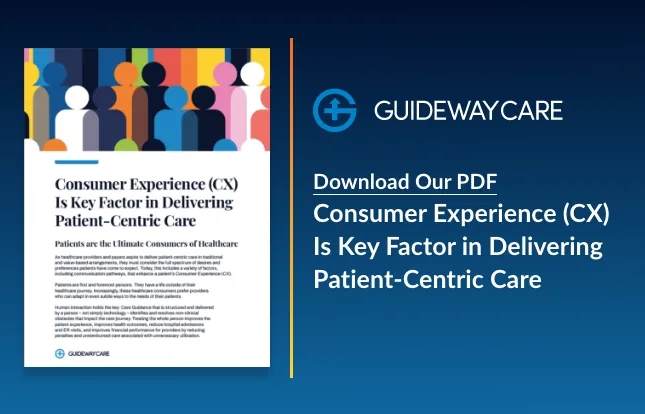Understanding ACOs: What They Are and How They Work

The Affordable Care Act (ACA) ushered in a new era of healthcare focused on value-based care and reimbursement. To help achieve this goal, the ACA created the Accountable Care Organization (ACO) model. ACOs come together to provide coordinated, high-quality care to their patients. This blog post will discuss what ACOs are and how they work. We will also explore the implications of the ACO Reach Model for providers and plans.
What Is the ACO Reach Model?
The ACO Reach model is a variation of the traditional ACO model created to provide healthcare services to patients in underserved areas. ACOs participating in the Reach model are eligible for additional funding and support from the Centers for Medicare and Medicaid Services (CMS).
Like traditional ACOs, Reach ACOs are accountable for the quality and cost of care provided to their patients. They must also meet specific benchmarks to continue receiving CMS funding.
The Reach model aims to improve access to care for patients in underserved areas, improve the overall quality of care and reduce costs.
For example, patient care navigator in oncology care is one way Reach ACOs are working to improve the type of care and access to care for patients in underserved areas.
What Are the Benefits of an ACO?
There are many potential benefits of an ACO for both providers and patients. Some of the most notable benefits include:
1. Improved Care Coordination and Communication
For example, cancer patients often see specialists at different practices and hospitals. An ACO can help ensure that all of the patient’s providers are on the same page, coordinating their care to get the best possible treatment.
2. More Focus on Preventive Care
Preventive care is one of the most critical aspects of an ACO. By keeping people healthy and catching problems early, ACOs can save money and improve outcomes.
For example, in oncology, preventive care and early detection can result in a five-year survival rate of up to 90%.
3. Improved Coordination Between Providers
An ACO typically includes doctors, hospitals, and other healthcare providers who work together to coordinate care for their patients. This coordination is essential because it helps ensure that patients get the proper care at the right time while also helping to avoid duplication of services and preventable errors.
The goal of an ACO is to improve the quality of care while reducing costs. To do this, ACOs use various methods, such as encouraging providers to use evidence-based medicine. This means that providers use the most up-to-date and effective treatments, which can improve patient outcomes while also reducing costs.
4. Increased Patient Engagement and Empowerment
It is crucial to have a well-functioning healthcare system that is patient-centric. This can only be achieved when patients are engaged and empowered to make decisions about their health. ACOs promote increased patient engagement and empowerment by providing them with the resources and information they need to make informed health decisions.
An ACO, or Accountable Care Organization, is a healthcare model that incentivizes providers to work together to deliver coordinated, high-quality care to patients.
For example, Guideway Care works on the ACO Reach healthcare model. We offer support to both providers and plans so they can improve their performance, reduce costs, and coordinate care.
Contact Us Today To Learn How We Can Help
"*" indicates required fields




